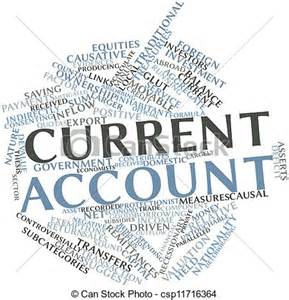With Ulster Bank and KBC Bank soon to exit the banking scene in Ireland, there is now a rush to find suitable replacements especially for your “current account”.
Already the complaints are stacking up on delays, lack of service even lack of interest. John Lowe of MoneyDoctors.ie demystifies and simplifies the process and procedures.
There are a number of steps involved in switching bank accounts. Firstly, if you have an overdraft with your existing bank you will need to have that overdraft authorised in the new bank before you transfer over your business. Alternatively you can clear your existing overdraft on your current account before you switch accounts.
Choosing a new provider is relatively simple as the options are not that many and you can easily check what providers there are through the simple comparison of current accounts on the Competition and Consumer Protection Commission website.. this is the link
While An Post Money are included in their comparison, the sleeping giant are introducing a whole array of new features now with other features being launched over the summer months.
If you want to switch your current account to An Post, here’s some information on their system as they don’t use the standard switching process used by the banks. These are the steps therefore you need to make if you are frustrated at trying to switch your current account at the moment..
https://www.anpost.com/Money/Current-Account/Switch
Something else that people don’t know is that you can access a number of non-An Post current accounts at the Post Office through our “everyday banking” service. This means you can access your BOI, AIB & Ulster Bank accounts through the post office so even if you’re using them, you can use An Post to access your accounts – ideal for people who don’t have bank branches in their town or want access on a Saturday (they’re also open half day on Saturdays).
https://www.anpost.com/Money/At-the-Post-Office/Everyday-Banking
Remember some providers do not offer overdrafts while some do not offer mobile payments like FitBit Pay or Garmin Pay, so you need to carefully consider what it is you value in a current account. Here are points to consider…
- Contact your new provider. Contact your new bank – it could take up to 3 weeks to obtain an appointment – to let them know you want to switch your current account to them. Your new bank will then supply you with a switching pack which will contain all the information on their current account.
- Select a ‘switch date’. You will need to agree a date with your new bank for the switching process to start – this is called the switch date. This date should be a time during the month when there’s the least amount of activity on your account so that you don’t miss any direct debits or payments (for most people this is 10 to 20 days after payday). You’ll need to provide proof of ID ( passport or driving license ) and proof of address ( a utility bill etc ) to your new bank as well.
- Complete and return an account transfer form. You will be given an account transfer form to complete by the new bank. Send this form to your old bank, which will supply details of your direct debits and standing orders to your new bank, to help make the switching process smoother. Any money in your old account will be transferred over to your new account for you. You should then fully close the old current account.
- “Clearing dates”. Between your old account being closed and your new bank account being transferred to your new bank, there is a period of two or three days – clearing the payment – when you will not have access to funds either in the old or new bank. So remember to take out some cash if you’ll need it.
- The new account. Your new account will generally be up and running within 10 working days of the ‘switch date’ you selected and your new bank will send you out your new debit card in the post within a few days. In many cases, you can start using your card online or by phone before your physical card arrives thougb you will also need in most cases the 3 digit CVV number ( on the back of the debit/credit card ).
- Download your new bank’s mobile app. When you get your new card, download your new account provider’s mobile app and register for their online banking. Remember also to set up mobile payments like Apple Pay and Google Pay again.
- Update your employer. Update your employer or anyone else who pays money into your account (such as Social Welfare) with your new bank account details as your new bank cannot do this for you.
- Online shopping. If you’re a fan of online shopping, your old card details will be stored with several sites. Remember to update your banking details with any retailers you shop with regularly online.
Finally many payments these days for things like Netflix, Amazon Prime, gym memberships, GoMo, and Spotify are not Direct Debits – they are what are called recurring payments, which are linked to your debit card number (as opposed to your bank account number). These types of payments fall outside of the switching code so this means it is up to you to change these yourself.
Good luck with the switch – it should be better in your pocket !

